"From Khufu’s Great Pyramid at Giza to Pepy II’s pyramid at Saqqara, these structures remain some of the most impressive feats of engineering ever accomplished by human hands."
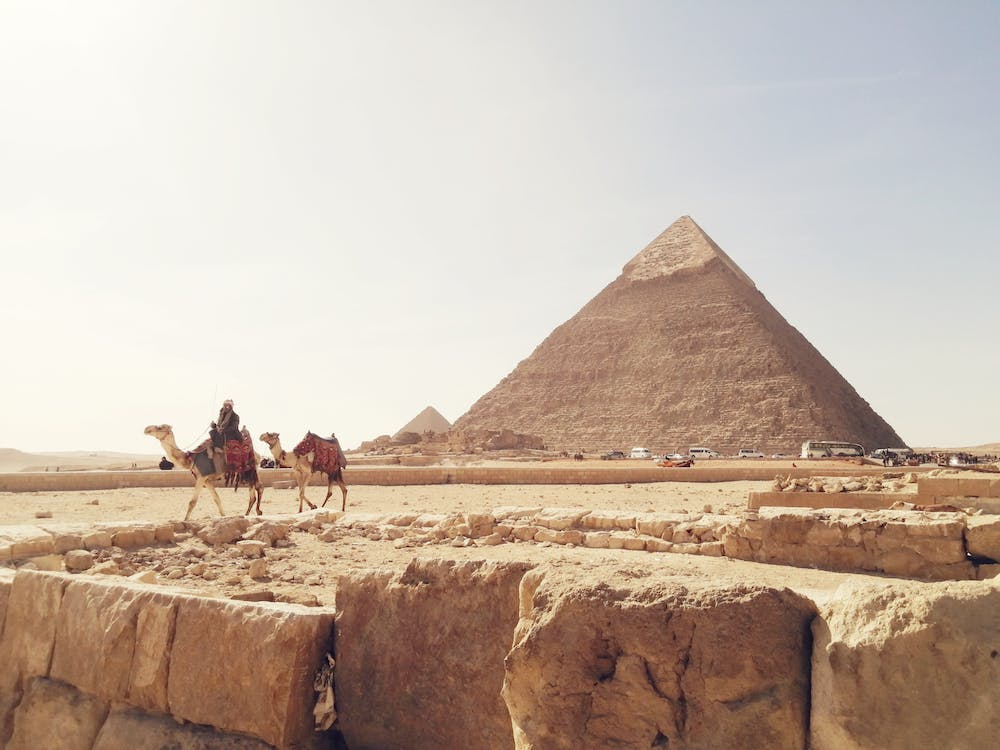
For centuries, the majestic pyramid structures of ancient Egypt have captivated the imaginations of people around the world. These monumental tombs were constructed as monuments to honour pharaohs and their families, while also serving as symbols of power and stability in Egyptian society.
For thousands of years after their construction, these massive monuments were unrivalled in height and fascinated us with their astounding mass and unachievable perfection. From Khufu’s Great Pyramid at Giza to Pepy II’s pyramid at Saqqara, these structures remain some of the most impressive feats of engineering ever accomplished by human hands.
Join us on an incredible journey through time as we explore the history and mystery surrounding Egypt’s iconic pyramids.
Overview of Ancient Egyptian Pyramids
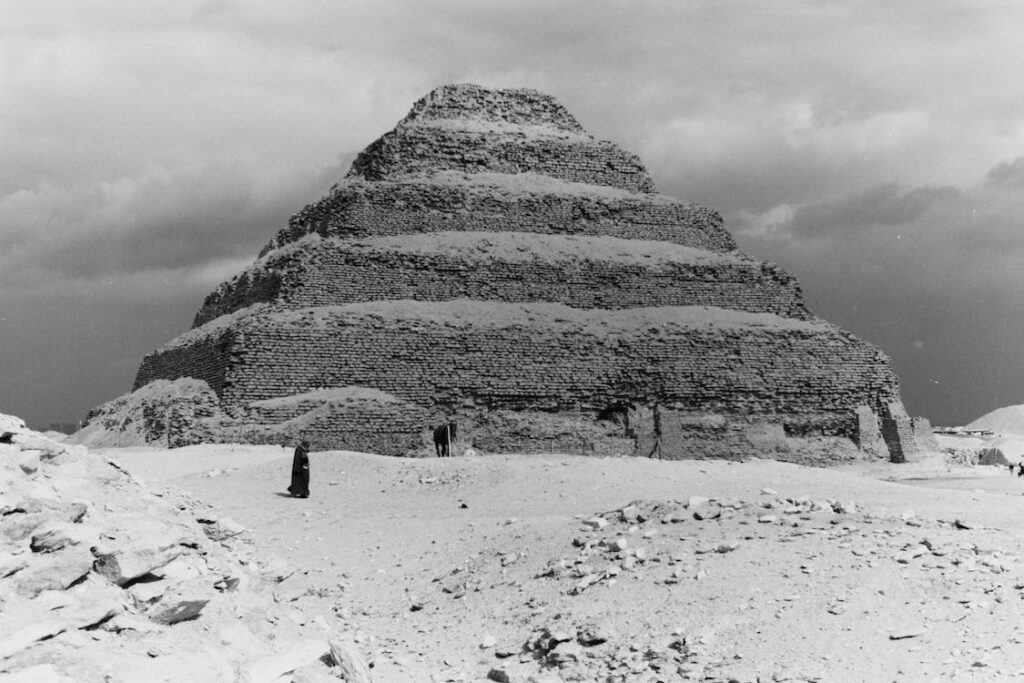
The pyramid structures of ancient Egypt were built by the great pharaohs of the Old Kingdom period. These monuments served as burial tombs for the pharaoh and their families and represented immense power and stability within pyramid-building societies.
The three pyramids of Giza – Khufu, Khafre, and Menkaure – are perhaps one of the most iconic pyramid complexes in ancient Egypt. Built during a span from roughly 2550 to 2490 B.C., these pyramids are believed to have been constructed by thousands of labourers who quarried, cut, transported, and assembled an estimated approximately 2.3 million blocks (weighing an average of 2.5 to 15 tons) of limestone and granite.
Ancient Egyptians’ Beliefs and Religion
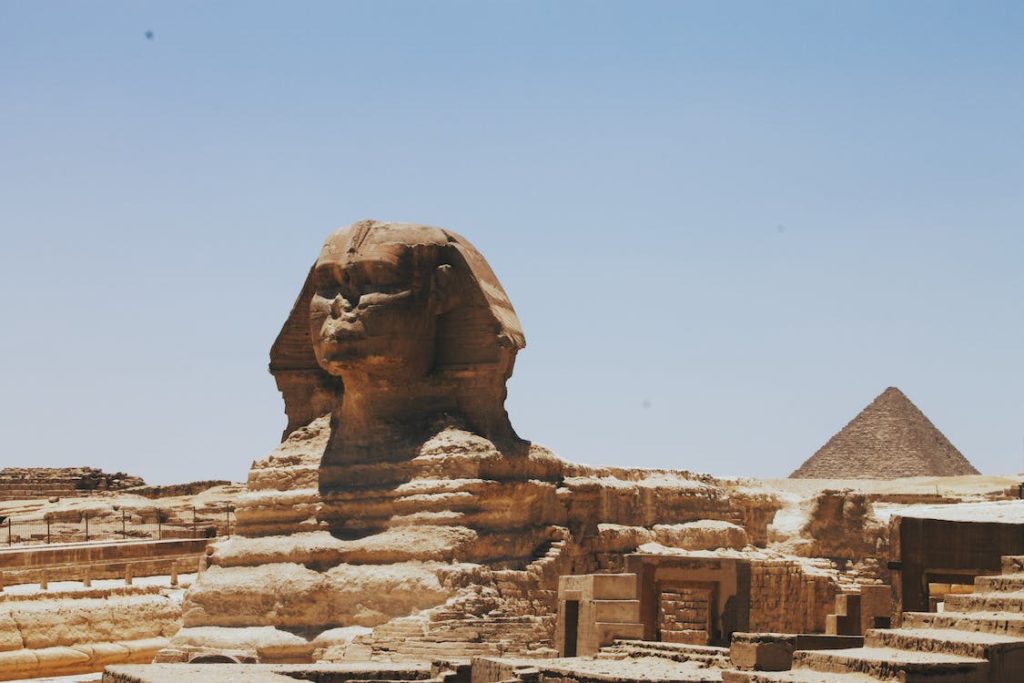
The pyramid structures of ancient Egypt have long been associated with beliefs surrounding death, rebirth, and the afterlife – beliefs that were deeply rooted in ancient Egyptian religion. In this society, where life on Earth was often seen as a brief passage between the eternal realms of life and death, pyramid-shaped tombs were believed to be vehicles by which the deceased could ascend into the afterlife.
It is thought that pyramid structures served both religious and political purposes, offering protection for pharaohs in their journey through the afterlife while also functioning as impressive reminders of their power during their lifetime.
Pyramid Construction & Technology
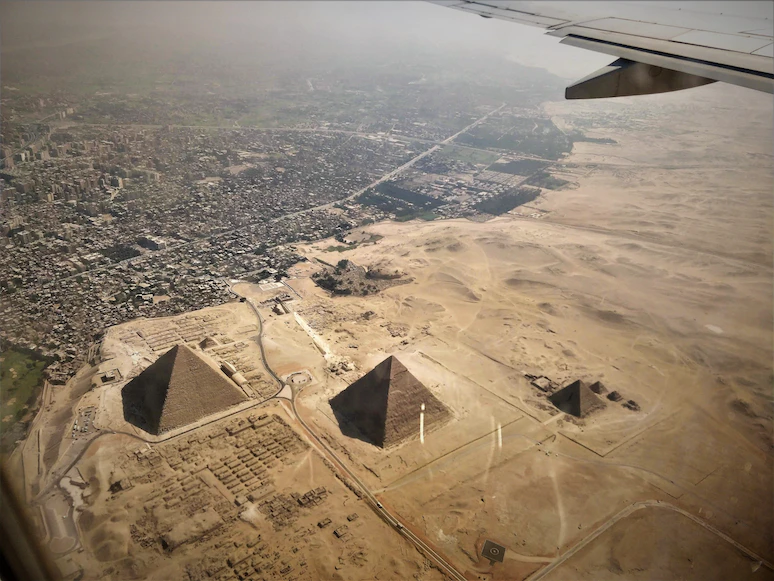
The pyramid construction began in earnest during the Fourth Dynasty when King Sneferu (2575-2465 BC) first introduced a pyramid shape for royal tombs—a dramatic shift from earlier tomb designs.
Through experience gained from building pyramids at Dahshur and Meidum, pyramid builders developed better techniques to construct these massive structures, including accurately levelling the pyramid’s base, lining up its sides with true north, and creating smooth slopes that rise to meet at a single point.
While some scholars believe that the ancient Egyptians used pulleys and levers to move the stones into place, others suggest they may have employed more creative methods, such as water basins, sleds, and earthen ramps to construct the pyramid.
Mystery and Allure Surrounding the Pyramids

Although pyramid construction ended with the death of King Pepi II, the Second King of the Sixth Dynasty, these monuments remain shrouded in mystery. Some have suggested that pyramid structures were built by advanced aliens or had supernatural powers, while others believe they served some sort of religious purpose.
What secrets do they hold about ancient Egyptian society? Are they evidence of a lost civilisation or are they simply impressive architectural reminders of a great and powerful culture that rose, flourished, and ultimately declined along the banks of the Nile River? Only time will tell as we continue to unravel their mysteries.
Exploring Egypt’s Iconic Pyramids Today
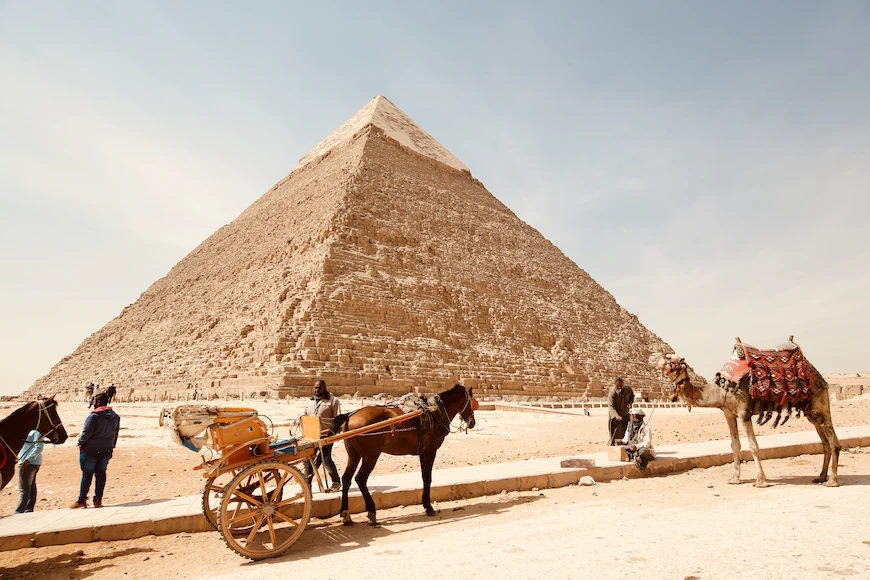
Today, pyramid structures are still a major tourist attraction in Egypt, attracting millions of visitors each year. From guided tours and private excursions to camel rides and hot-air balloon trips, modern travellers have no shortage of ways to explore these iconic monuments. Additionally, many ancient Egyptian religious practices and beliefs continue to influence modern-day spirituality and culture in Egypt and worldwide.
Although tomb robbers and vandals have stripped most of these monuments of their original limestone coverings and plundered many of the interiors, they remain potent reminders of Egypt’s impressive history and engineering feats. The pyramids still stand today as a testament to a great civilization that once ruled over this part of the world, a civilization whose mysteries continue to fascinate people centuries after its golden age had passed into history.

Leave a Reply